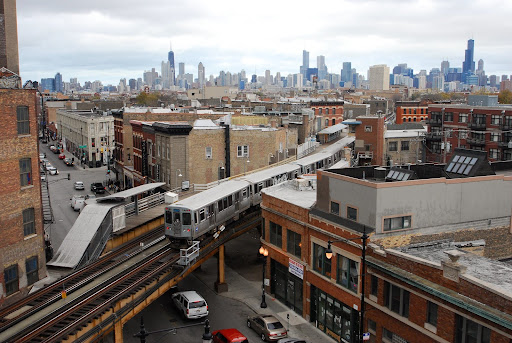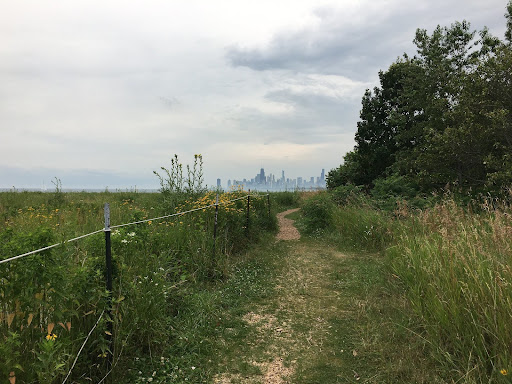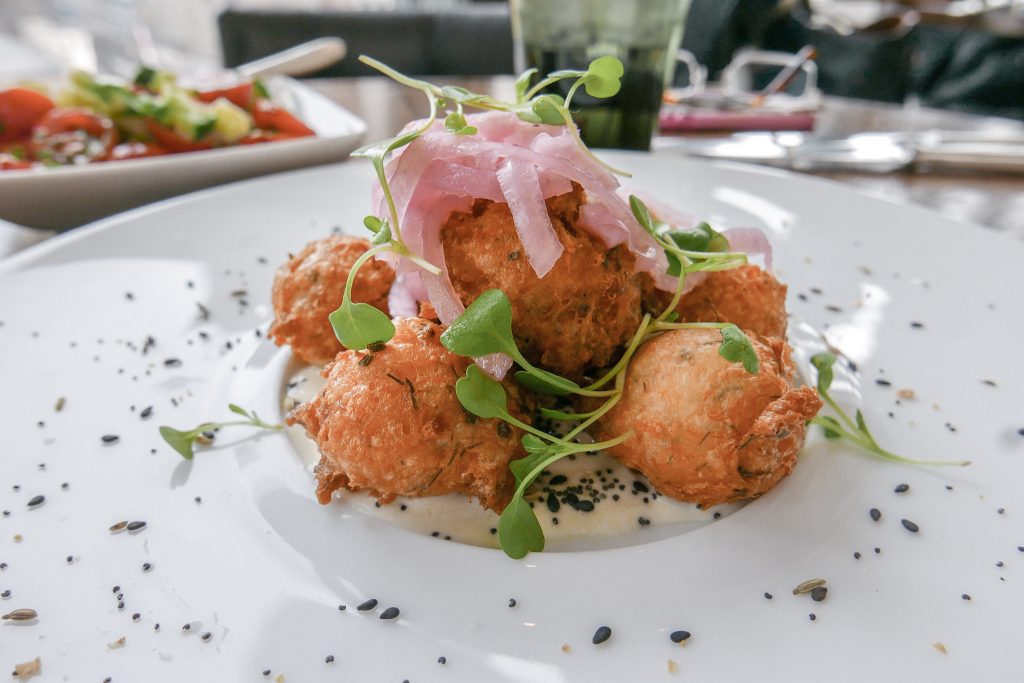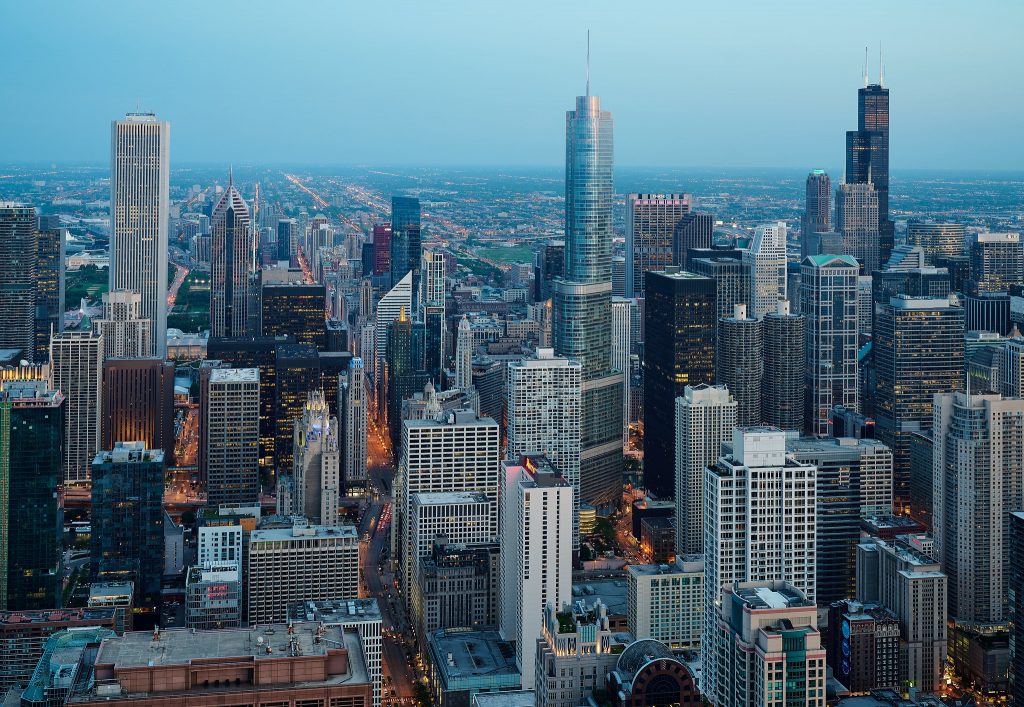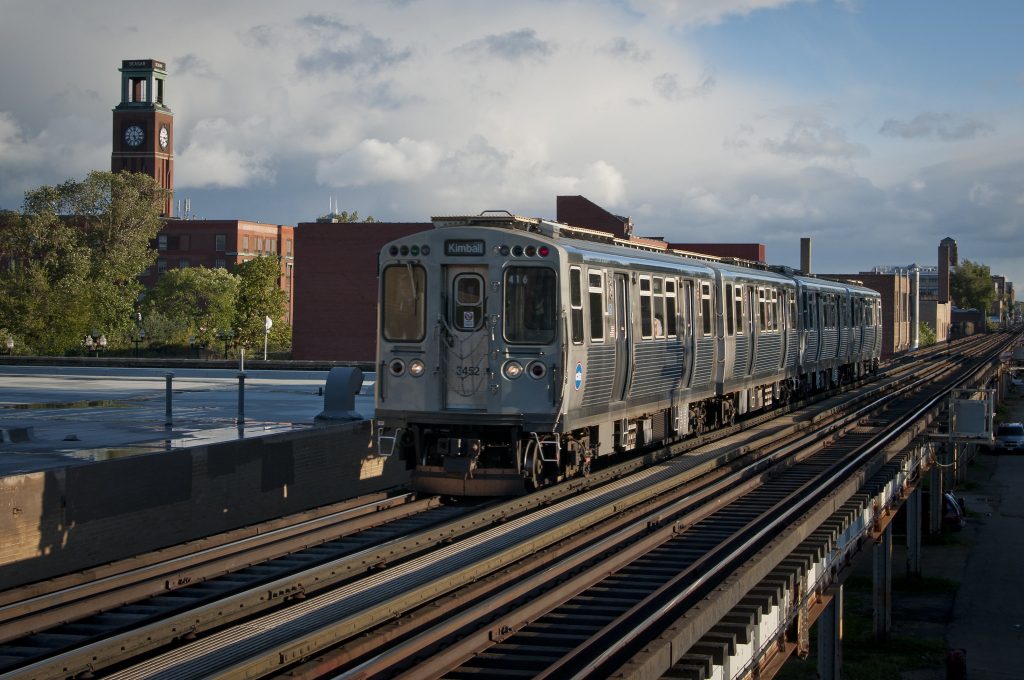The Chicago Bungalow
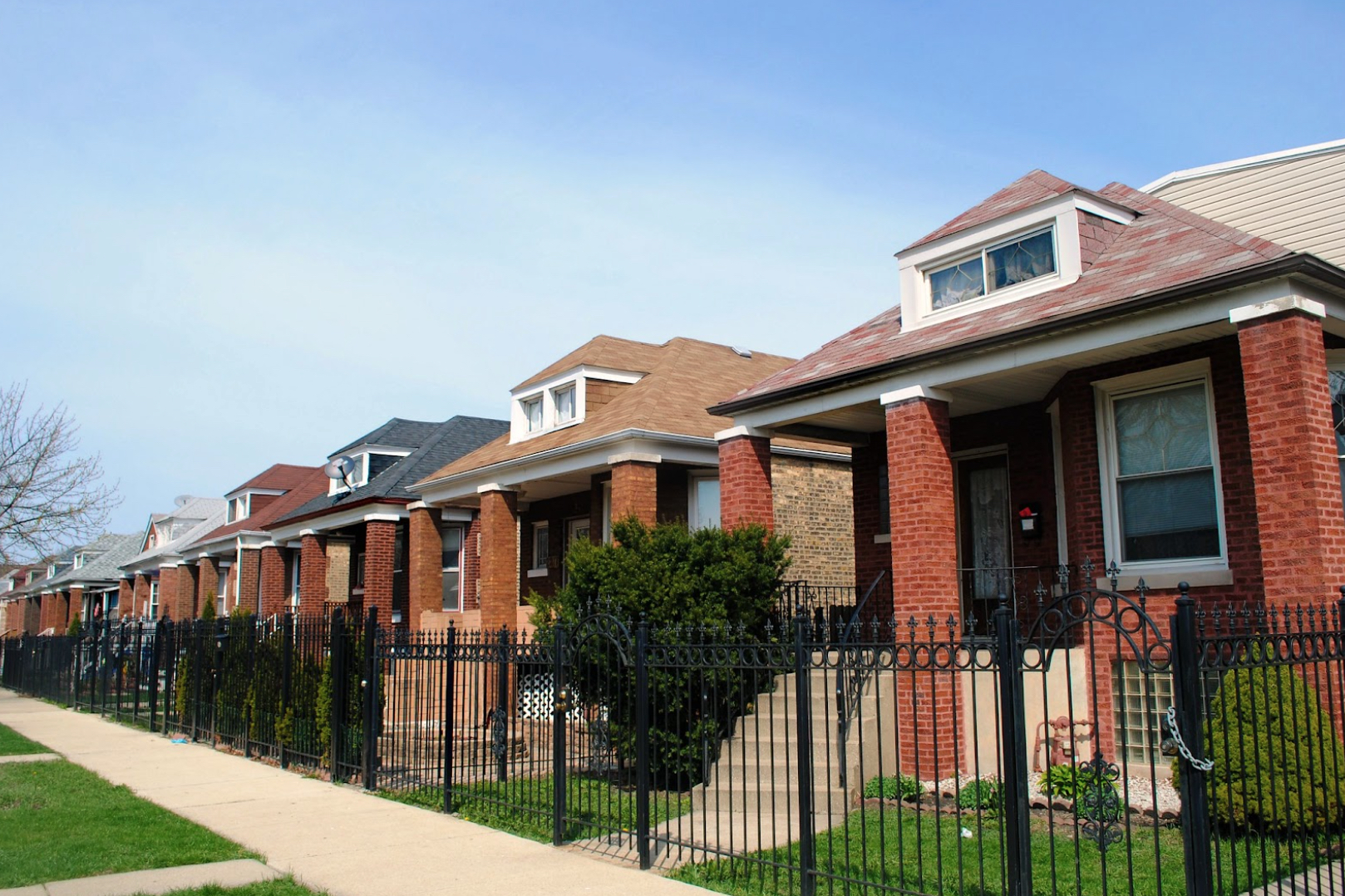
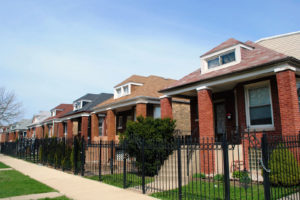
It’s no secret that Chicago is a city full of iconic architecture, which translates into residential homes. Today, we’re spotlighting one of the city’s most recognizable homes that every resident and potential homebuyer should know, the Chicago bungalow:
Chicago saw a dramatic boom in its population in the early 20th century. From 1910 to 1930, the city added more than one million residents. Black Americans and rural-to-urban migrants were rushing to Chicago hoping to find a job in one of the many industries dominating the city.
As the population continued to grow, architects quickly began developing adaptations of the traditional bungalow to better fit the size of Chicago’s lots and the weather that comes with the midwest. By 1930, more than 80,000 bungalows surrounded the city, connecting the city’s neighborhoods from Lincoln Square to South Chicago.
The homes were heavily inspired by the Arts and Crafts movement and featured thoughtful craftsmanship and simplicity throughout their design. However, specific design elements separated bungalows from other residential builds and helped them become one of the most recognizable architectural styles throughout the city.
Each home featured red, brown, yellow or orange bricks and large windows to draw in an abundance of natural light. Hipped roofs helped shape the one-and-a-half-story houses, and porches were included to create a seamless transition from the residences to the tree-lined streets at their footing.
Chicago bungalows also contained modern amenities for the time, which included central heating, electricity and plumbing, but were affordable to build, with costs from $5,000 to $7,500. While the iconic style fell out of vogue later in the century, they still hold a significant place in the city’s architectural story. As the builds turn 100 years old, residents are realizing the importance the dwellings have played in Chicago’s culture.
Illinois’ Department of Housing created the Chicago Bungalow Association to foster more appreciation for the historic buildings through various financial and educational resources, including how-to’s for restorations and energy retrofits. Owners of the single-family homes are eligible to apply for membership and benefits on the association’s website here.

